 One of the surprise hits of 2015 has been the debut novel by Paula Hawkins – The Girl on the Train. A suspense thriller, it revolves around Rachel, a commuter, and the couple she sees each day from her train as it pauses for a signal, overlooking their back garden.
One of the surprise hits of 2015 has been the debut novel by Paula Hawkins – The Girl on the Train. A suspense thriller, it revolves around Rachel, a commuter, and the couple she sees each day from her train as it pauses for a signal, overlooking their back garden.
Perhaps we shouldn’t be surprised by its success, for the British have a curious but charming love/hate relationship with trains. After all we invented railways, and created both the first passenger carrying railway and the first Underground railway in the world.
Only in Britain could trainspotting have evolved as a national pastime for (mainly) boys (and men) of all ages in the second half of the 20th century, and Thomas the Tank Engine be a top TV series and marketing brand. We probably complain more than any country about our overpriced, overcrowded and often unreliable railway network. Yet we have and visit more railway museums and ‘heritage’ railways than any other country.
In response to this love/hate relationship, and building on the success of The Girl on the Train, we have put together a railways and trains themed fiction reading list, along with a selection of DVDs available to borrow.
In the early days there were many fears about the effect of rail travel on health, and it is perhaps a wonder that railway building was allowed to proceed, especially when the former government minister and MP for Liverpool, William Huskisson was fatally hit by a train at the opening ceremony of the Liverpool & Manchester Railway in 1830. But this was a period of ‘laissez-faire’ and nobody was going to let Health & Safety get in the way of a money-making enterprise!
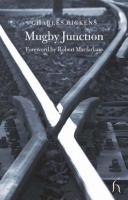 No surprise then, that railways have featured heavily in our literature. As they were built and opened up the country contemporary authors penned their effects on society. Charles Dickens has the speculator Carker run down by a train in Dombey & Son (published 1848). He was later himself a passenger in a fatal rail crash which inspired him to write two short stories Mugby Junction and The Signalman. Tolstoy’s Anna Karenina is another notable literary character to die under the wheels of a train.
No surprise then, that railways have featured heavily in our literature. As they were built and opened up the country contemporary authors penned their effects on society. Charles Dickens has the speculator Carker run down by a train in Dombey & Son (published 1848). He was later himself a passenger in a fatal rail crash which inspired him to write two short stories Mugby Junction and The Signalman. Tolstoy’s Anna Karenina is another notable literary character to die under the wheels of a train.
By the 20th century, railway travel had become the norm for most people. But the great luxury expresses were especially associated with the glamour, romance and intrigue of the rich. The Flying Scotsman – the 10.00am express from London Kings Cross to Edinburgh – featured in Alfred Hitchcock’s 1935 film of John Buchan’s classic thriller The Thirty Nine Steps, although in the book Richard Hannay actually travels from St. Pancras. The Flying Scotsman train was also the subject of a film of the same name in 1929.
Europe’s most famous train, the Orient Express was featured both by Agatha Christie (see below) and Graham Greene in Stamboul Train (1932).
R ailways soon attracted crime and in turn crime writers. That most famous of sleuths, Sherlock Holmes regularly took the train to the scene of a case with Dr Watson checking the train times in the Bradshaw’s Guide. However, he never travelled from Marylebone station – it didn’t open until 1901, after the stories took place. In one story The Adventure of the Bruce-Partington Plans he solves a murder that takes place just outside Aldgate Station, then the eastern terminus of the Metropolitan Line.
ailways soon attracted crime and in turn crime writers. That most famous of sleuths, Sherlock Holmes regularly took the train to the scene of a case with Dr Watson checking the train times in the Bradshaw’s Guide. However, he never travelled from Marylebone station – it didn’t open until 1901, after the stories took place. In one story The Adventure of the Bruce-Partington Plans he solves a murder that takes place just outside Aldgate Station, then the eastern terminus of the Metropolitan Line.
In the 1920s-50s Freeman Wills Crofts, a former railway engineer, wrote many crime novels whose intricate plots frequently revolved around railways, including The Cask and The Groote Park Murder. Unfortunately his books are now out of print, but the above can still be borrowed from the library. Still available and still very popular, through film and television adaptations, are the works of Agatha Christie. Railways feature as the prime setting for the crime in Murder on the Orient Express and The Mystery of the Blue Train (both featuring Hercule Poirot) and 4.50 from Paddington (Miss Marple).
The main exponents of railway themed crime writing today are Andrew Martin and Edward Marston. Both notably choose to set their works in the classic era of steam railways rather than the more soulless present-day network.
Railways have featured in film from the earliest days of film making. Included in the Trains and railways list are classic films from the golden age like Brief Encounter and Strangers on a train, Ealing Studios comedy The Titfield Thunderbolt, and thriller The Ladykillers, and family favourites The Railway Children and The Polar Express. And of course Harry Potter travelled by the Hogworts Express (steam-hauled of course!) to and from school.
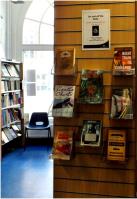 Come along to Charing Cross or Paddington library this week, where a selection of the titles will be on display.
Come along to Charing Cross or Paddington library this week, where a selection of the titles will be on display.
Have we missed any that you feel should be included?
Let us know in the comments!
[Malcolm]

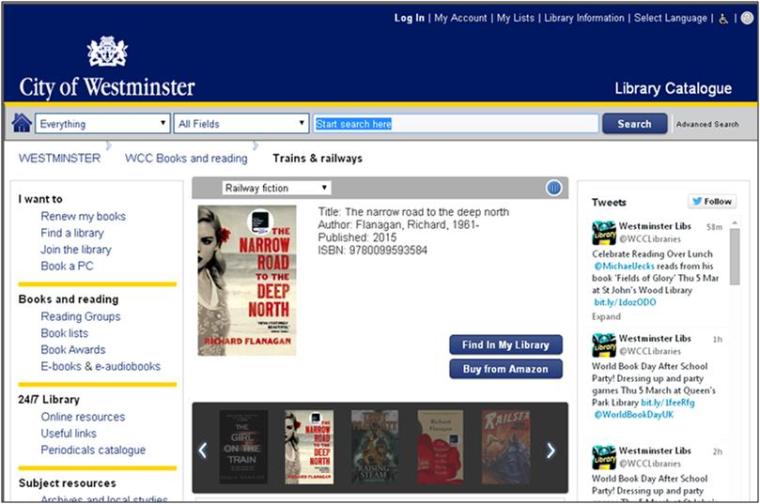
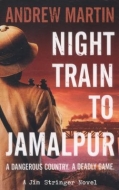


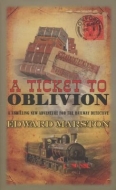
The great railway bazaar by Paul Theroux
He has also written about travelling through China and southern Africa by train.
LikeLike
Thanks for that suggestion, Francis – you’ve inspired us to make a whole new list of rail travel books! Take a look: http://bit.ly/1C6u7vz
LikeLike